Amazon’s Supply Chain: A Digital Transformation.
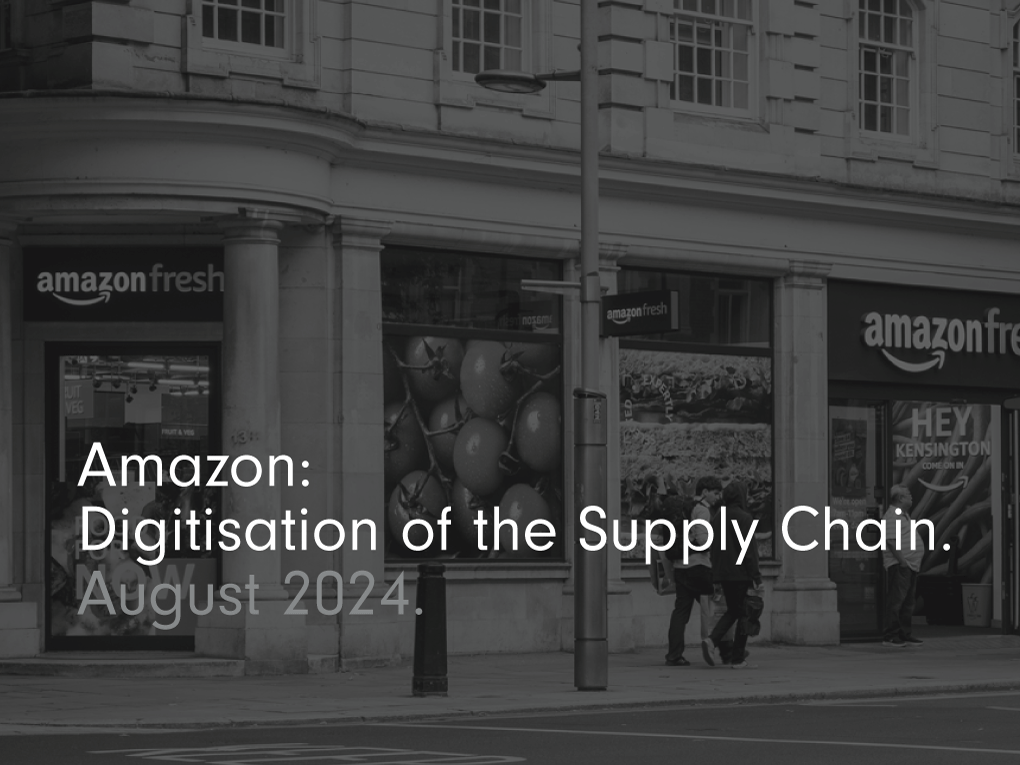
Amazon’s supply chain journey from an online bookstore to a global retail giant has been driven by relentless innovation. The company has transformed the retail, grocery, pharmaceutical, and logistics industries, showcasing the vast potential of technology.
This article examines Amazon’s significant impacts, including cashier-less Amazon Go stores, the AmazonFresh grocery service, the acquisition of PillPack in pharmaceuticals, and the development of autonomous delivery with Amazon Prime Air and Zoox. These efforts highlight Amazon’s aim to redefine consumer experiences and disrupt traditional markets worldwide.
Warehousing.
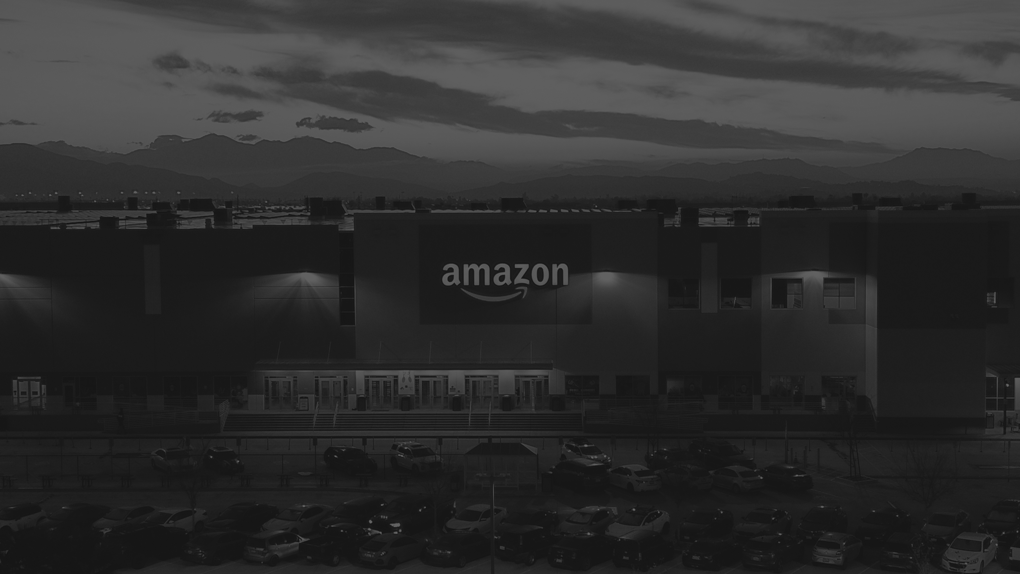
The digitisation of the supply chain at Amazon has transformed traditional warehousing into highly efficient, tech-driven operations. By integrating advanced technologies such as robotics, artificial intelligence, and real-time data analytics, Amazon warehouses have optimised inventory management and order fulfilment processes.
Automated systems are employed to pick, pack, and ship items swiftly, drastically reducing the time it takes for products to move from shelves to shipping. This innovation not only enhances operational efficiency but also improves accuracy in order processing, ensuring customers receive their orders promptly.
As Amazon continues to refine its supply chain through digitisation, it sets a benchmark for the industry, showcasing how technology can seamlessly enhance logistics and distribution frameworks.
Retail.

Amazon Go
Amazon Go, launched by Amazon in December 2016, revolutionized retail by eliminating traditional checkout lines. Using computer vision, sensor fusion, and deep learning, it allows customers to simply grab items and leave, with purchases automatically charged to their Amazon account. The first store opened in Seattle, and the concept has since expanded to cities including Chicago, San Francisco, and London, showcasing a seamless shopping experience and providing insights into consumer behaviour.
Despite its innovative facade, Amazon Go heavily relies on human oversight. A significant portion of transactions are manually checked by employees, primarily in India, watching live feeds to ensure operations run smoothly. This challenges the notion of a fully automated system, revealing a gap between Amazon’s claims and reality.
Amazon Go continues to offer a modern shopping experience, where customers enjoy the convenience of a hassle-free checkout. However, the shift towards technologies like smart shopping carts raises questions about the balance between automation and the essential role of human labour.
The Amazon Go initiative marks a significant step in retail’s future, highlighting both the potential and limitations of technology in reducing human involvement in the retail process.
Groceries.
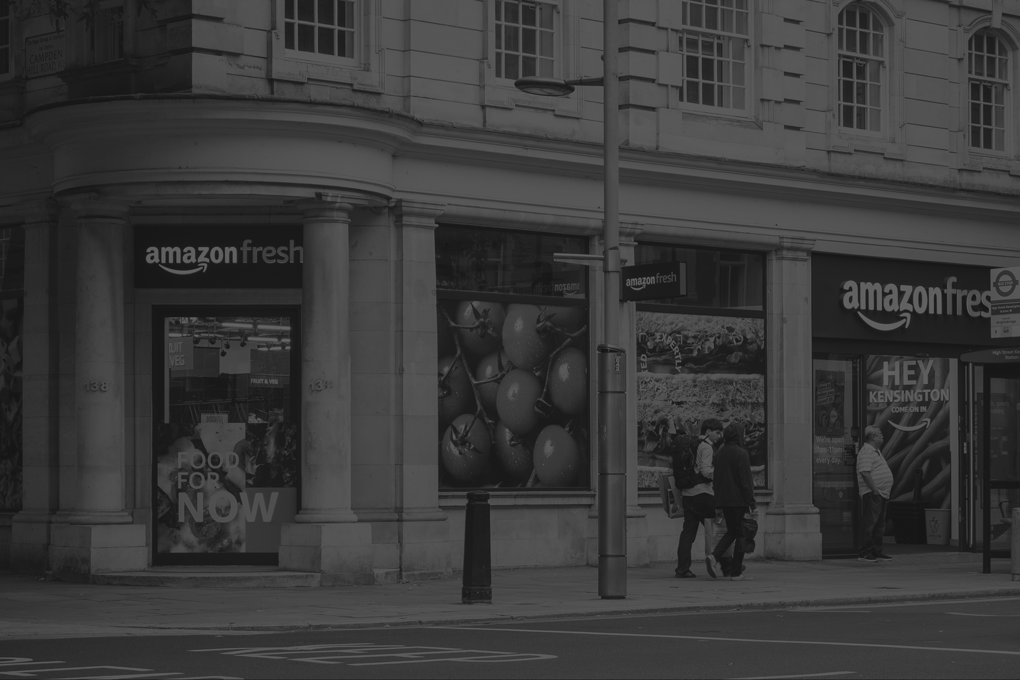
AmazonFresh
Amazon has changed the game not just for bookstores but also as the world’s biggest online store, offering a wide range of products. In 2016, it entered the grocery market with AmazonFresh, delivering to many London areas and the Home Counties.
What makes Amazon stand out is its same-day delivery service, a feature that sets it apart from other UK online grocery services. Where same-day delivery isn’t available, Amazon guarantees next-day delivery, making grocery shopping online super convenient and offering a broad selection of fresh food directly to your door.
AmazonFresh is notable for its huge product range of 180,000 items, including Morrison’s products and selections from Whole Foods Market, which Amazon owns. The service also includes local specialty shop items, providing a vast choice from fresh meat and fish to bakery products.
However, AmazonFresh comes with an additional cost on top of the Amazon Prime membership, which is £79 a year. But since about 60% of Amazon customers are already Prime members, many can use AmazonFresh without paying extra.
In the US, Amazon is innovating further with AmazonFresh Pickup, where customers can collect their groceries in as little as 15 minutes, and staff will even load the groceries into their cars.
Pharmaceuticals.

PillPack
Founded in Boston, Massachusetts in 2013, PillPack is a US online pharmacy that fills, packs, and dispatches multiple medications to users. Now based in Manchester, New Hampshire, the company wraps a customer’s various pills in personalized packs, labelled with the details of when they should be taken. It manages repeat prescriptions and works with insurance companies where needed too.
It’s been a successful model as it avoids consumers having to travel to a pharmacy to collect their medication, and also having to sort their pills themselves. With 40 million American adults taking more than five prescription medicines a day – and half of those not taking them as prescribed – the PillPack offer is a much-needed solution for a vast number of people.
In June 2018, Amazon announced it would purchase the online pharmacy, PillPack, in a deal estimated to be worth just shy of $1bn. With this planned acquisition, Amazon is clearly signaling how important the e-health market is. But its disruption of this market has also had commentators speculating that it has single-handedly wiped $14.5bn off the market capitalization of the entire US pharma and drugstore industry.
PillPack had a 2017 turnover of $100m and had raised substantial investment of around $123m prior to this deal. Valued at $361m in 2016, the $1bn deal, which is expected to be finalized during the latter part of this year, is a significant one for both Amazon and for the pharmaceuticals industry.
It had been rumored that Walmart had also made a bid for the company last year, seemingly to bolster its own online pharmacy business. But with Amazon securing the deal in the end, a significant market shake-up is on the cards.
2024 and Beyond
By 2024, Amazon had made a big move into the pharmaceutical industry, building on its earlier purchase of PillPack in 2018. This step was part of Amazon’s plan to shake up the pharmaceutical market. By 2024, the company had significantly expanded its presence in this field.
Amazon Pharmacy started in late 2020 and became important in the U.S. medicine market by 2024. It allows customers to order many prescription medications online and have them delivered to their homes. Amazon Pharmacy began in late 2020.
By 2024, it has become a key player in the U.S. medicine market. Customers can order many prescription medications online and have them delivered to their homes. If they have Amazon Prime, they get extra benefits. This includes free two-day delivery on prescriptions. These features make Amazon Pharmacy an attractive option for customers.
In 2024, Amazon has also expanded its healthcare offerings with Amazon Clinic, a telehealth service that connects patients with healthcare providers for virtual consultations. This service, combined with Amazon Pharmacy, allows customers to receive a diagnosis, get a prescription, and have their medication delivered—all through the Amazon ecosystem. This integrated approach to healthcare is changing the landscape of how people access and manage their health.
Amazon Vendor Central.
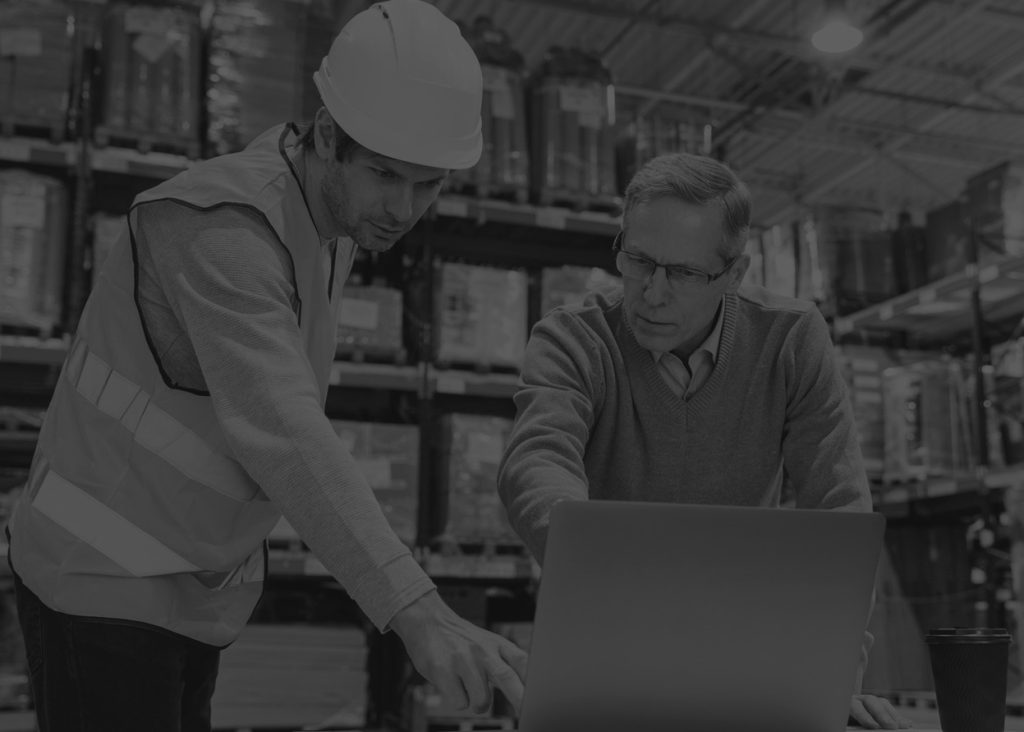
To sell products on Amazon as a first-party supplier, a distributor should use Amazon Vendor Central UK. This means that Amazon will take care of fulfilment, shipping, and customer service for the products. This means Amazon will handle fulfilment, shipping, and customer service for the products.
Vendor Central Compliance
To use this system, suppliers are required by Amazon to comply with various shipping constraints. Amazon provides a detailed 22-page guidance booklet that sets out the conditions that the supplier must meet. These cover purchase order management, carton dimensions, pallet building, shipping label sizes and fonts, barcode parameters, label positioning, bills of lading, freight loading restrictions, and more.
Additionally, all Vendor Central suppliers must submit their shipments using ASNs (Advanced Shipping Notices) and must use a specific EDI specification if using EDI.
Amazon is such a dominant force in retailing in the UK, so it’s no surprise that vendors are queuing up to sell through them. But with such numerous and restrictive conditions, suppliers are having to invest considerable time and effort in meeting them.
Manual or Automatic?
Tasks and specifications must be set up in advance, often requiring changes to internal processes. Ongoing compliance also demands significant labour, including document printing and rekeying order information. One client needed to hire four full-time staff to meet Amazon’s requirements, even after automating several processes.
Manual tasks still led to human errors, resulting in costly non-compliance fines, or “chargebacks,” as Amazon terms them. However, investing in a Warehouse Management Solution (WMS) like Korber WMS from Balloon One could significantly cut down time spent and reduce the risk of fines.
Amazon Supply Chain Management- Korber WMS for Amazon Vendor Central Compliance
Korber WMS automates much of the manual labour needed to comply with Amazon’s requirements. It integrates with handheld scanners to capture the information that Amazon requires and transmits it electronically to Amazon using EDI. Pallet labels are printed automatically, and the WMS makes sure that these are produced in the required sizes, formats, and barcode formats.
Using a WMS system reduces processing time, labour costs, and the risk of fines. Our customer using Korber WMS to meet Amazon’s compliance requirements no longer needs to employ four full-time staff.
Drones and Self-Driving.
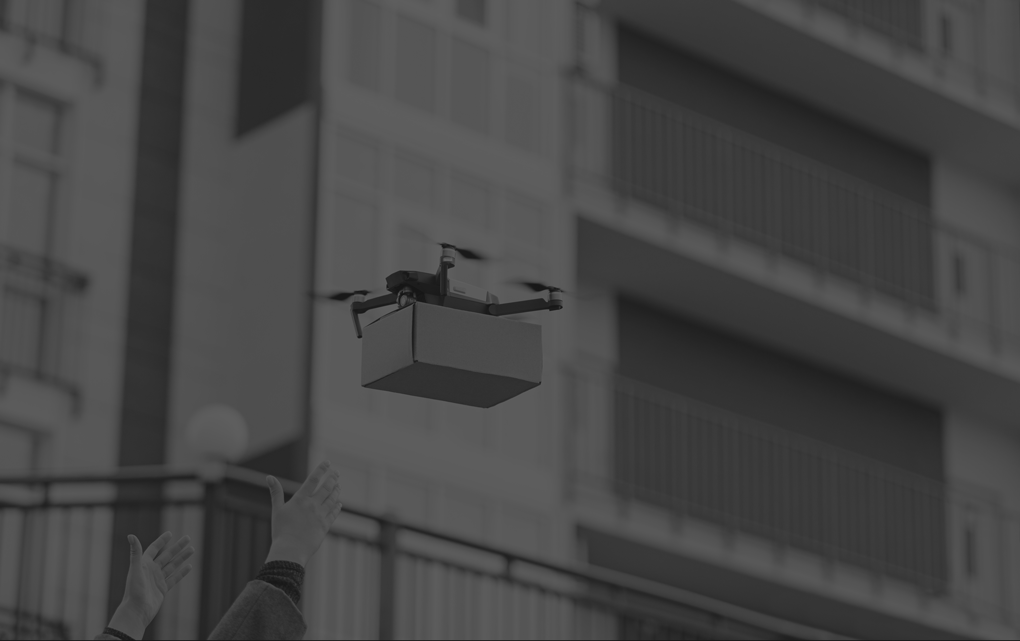
Logistics companies are using drones and self-driving vehicles to make deliveries faster and cheaper. FedEx, UPS, DHL, and Amazon are all working on ways to automate their delivery services.
Amazon Prime Air
Amazon Prime Air aims to innovate with drone deliveries, leading the technological revolution in logistics. Using drones and autonomous vehicles promises quicker, more cost-effective delivery methods. However, mainstream adoption will take time due to regulatory and infrastructure challenges.
Drones offer faster delivery than road-based vehicles, but face limitations. They can only carry light parcels and in urban areas, must follow specific flight paths. Parcel theft is a concern, but innovations like WorldPay’s secure delivery mat are emerging solutions.
In the UK, drone use is regulated to ensure airspace safety. Amazon made its first UK drone delivery in December 2016 and continues to test the technology. In the US, the government has approved drone-testing programs, with companies like FedEx and Uber exploring delivery drones.
Driverless Vehicles
Not all delivery robots fly; some, like the ground-based vehicles Starship Technologies is testing on campuses, roll on the ground. These may be slower than drones, but they can handle bigger loads, offering a practical solution until more advanced options come along.
Amazon is pushing the envelope with Zoox, a project aiming to develop a fully autonomous electric vehicle for moving people and goods around. With extensive testing, Zoox’s self-driving taxis are making strides in improving urban travel. Using AI and machine learning, these vehicles navigate busy streets safely.
Zoox is a key piece of Amazon’s plan to change how logistics work, making deliveries more efficient by cutting down on the need for human drivers and tackling city problems like traffic jams and pollution. Amazon’s push into self-driving tech with Zoox is a big move towards redefining local transportation and setting new standards for delivery services at scale.
The future of logistics is set to be reshaped by autonomous delivery, promising big changes for the industry, even if it takes some time to fully come into effect.
Lockers.
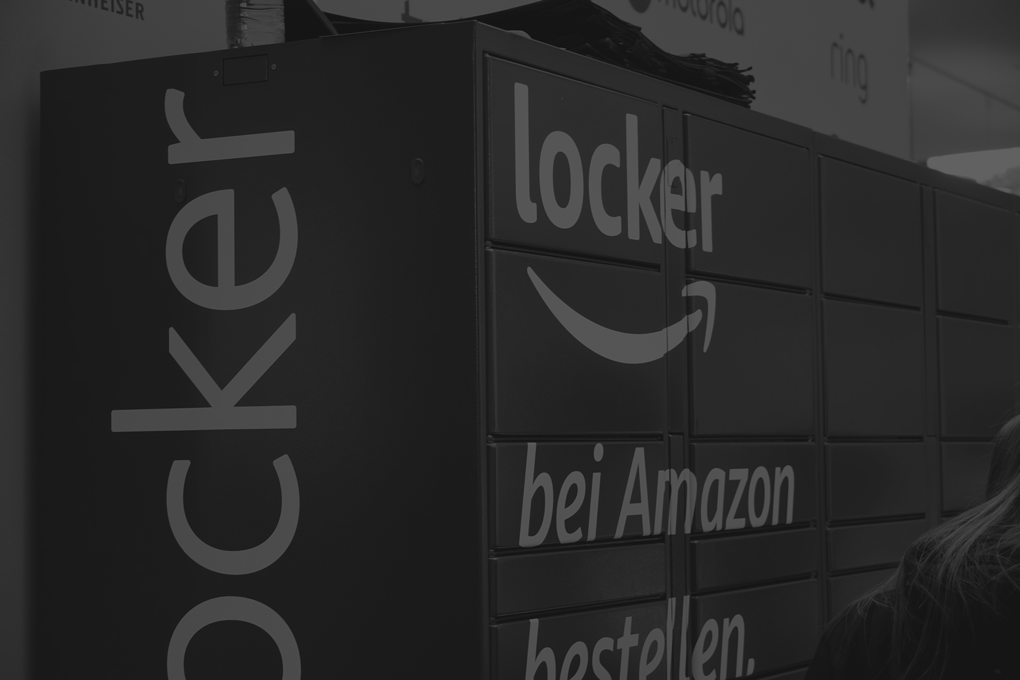
Amazon Lockers are a key part of the company’s logistics strategy, meshing well with the digital transformation of their supply chain. With customers wanting more flexible delivery options, these secure self-service kiosks provide an easy way for people to pick up their packages whenever it suits them. Adding Amazon Lockers to the digital supply chain makes things more efficient by cutting down on failed delivery attempts and smoothing out the process of getting packages to their final destination.
Amazon uses real-time data analytics to place these lockers in areas where lots of people go, making the delivery of goods faster and reducing shipping costs. This approach also helps lower the carbon emissions from deliveries since it cuts down on the need to make multiple delivery trips to different addresses.
Furthermore, Amazon’s use of lockers is part of a larger shift towards improving last-mile delivery with collection points. These points make it easier for customers to get their packages and help ease the load on traditional delivery networks, tackling issues like city traffic jams and rising delivery costs. Customers appreciate being able to choose when to pick up their items, and this fits well with what they want today.
As Amazon keeps adding more Lockers and improving their system, it shows the company’s dedication to using technology to make their supply chain more efficient and focused on the customer. This keeps Amazon at the forefront of retail logistics.
Conclusion.
Amazon’s push for innovation has reshaped retail, groceries, pharmaceuticals, and logistics, setting new expectations for modern services. With features like Amazon Go and PillPack, Amazon integrates advanced tech into daily life. As it advances with drone deliveries and driverless vehicles, it leads in e-commerce and logistics.
Yet, Amazon’s growth sparks debates on technology versus human labour and its increasing dominance across sectors. As these technologies develop, Amazon’s influence as a global disruptor will continue to shape commerce and consumer behaviour.